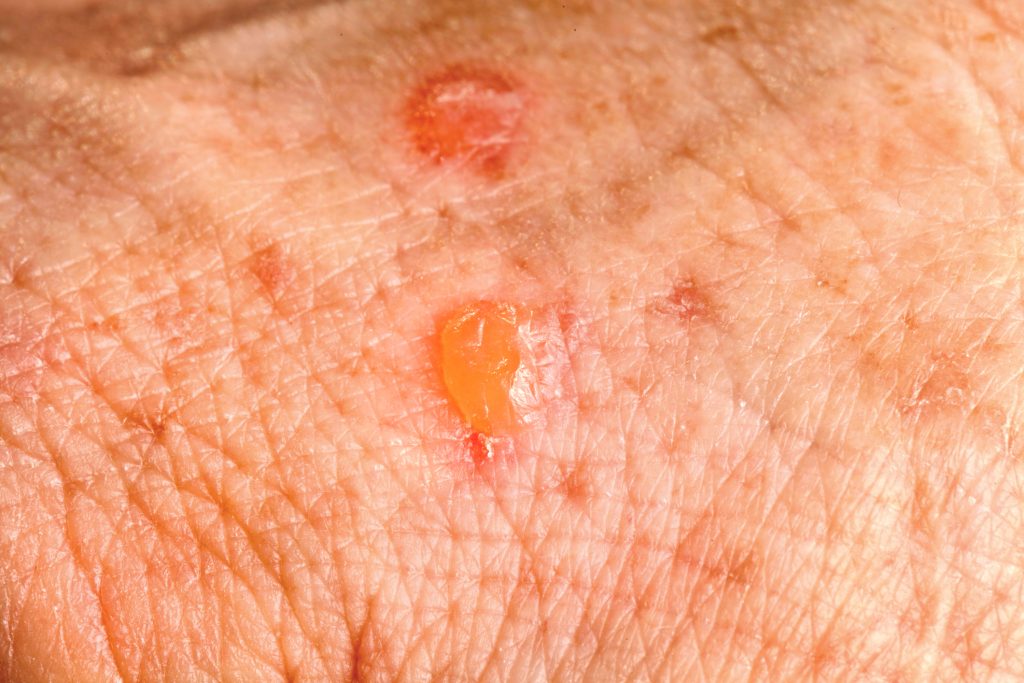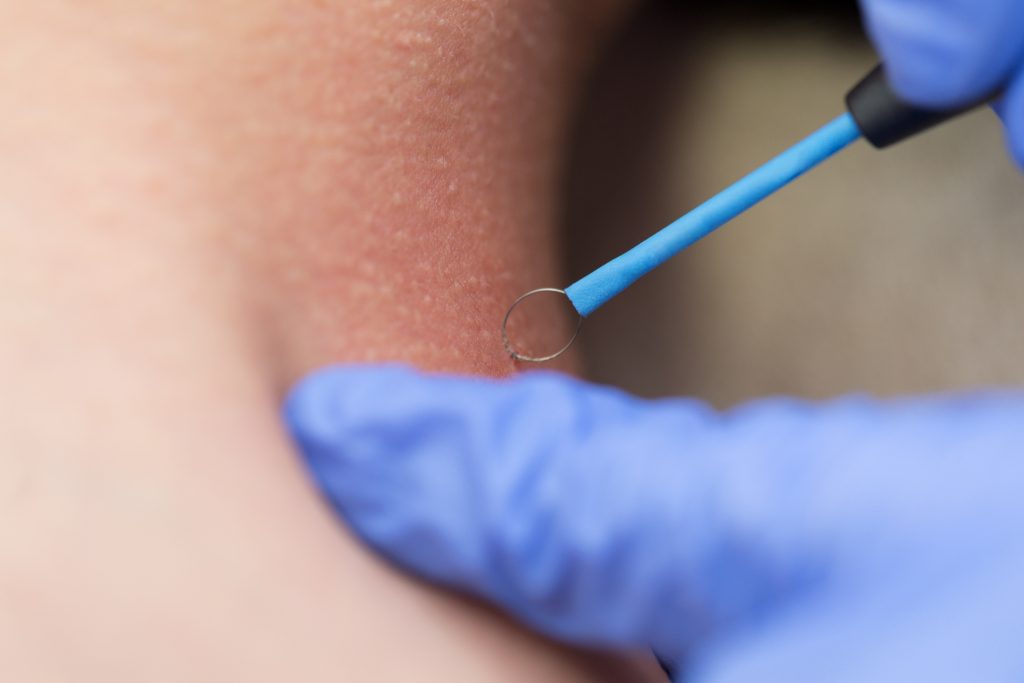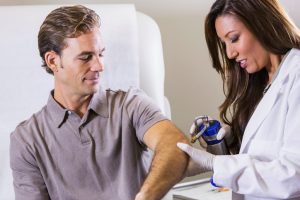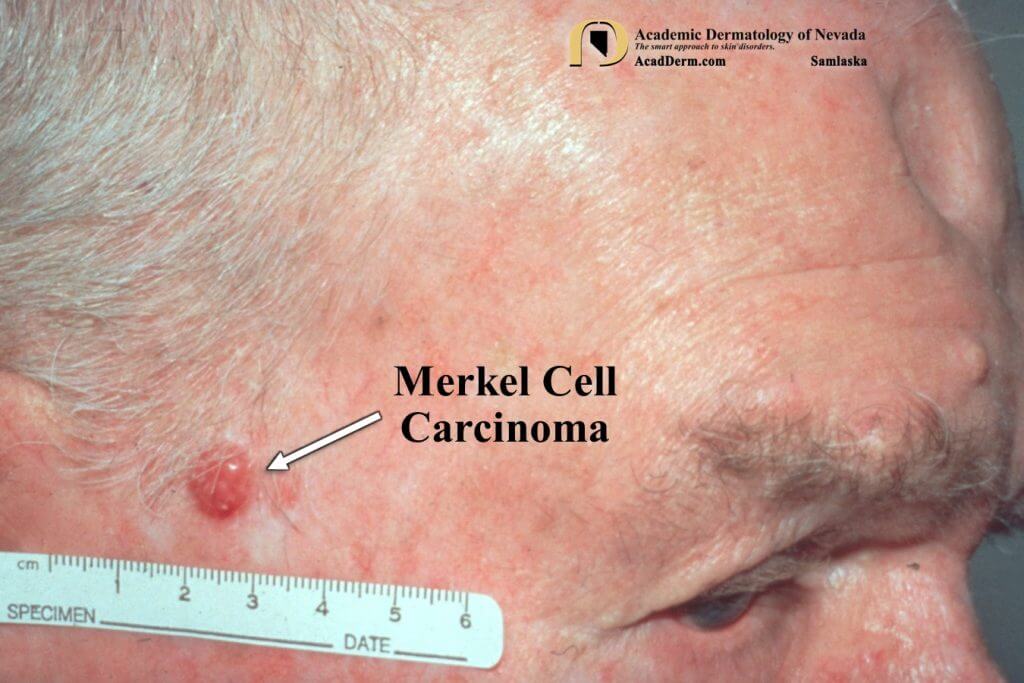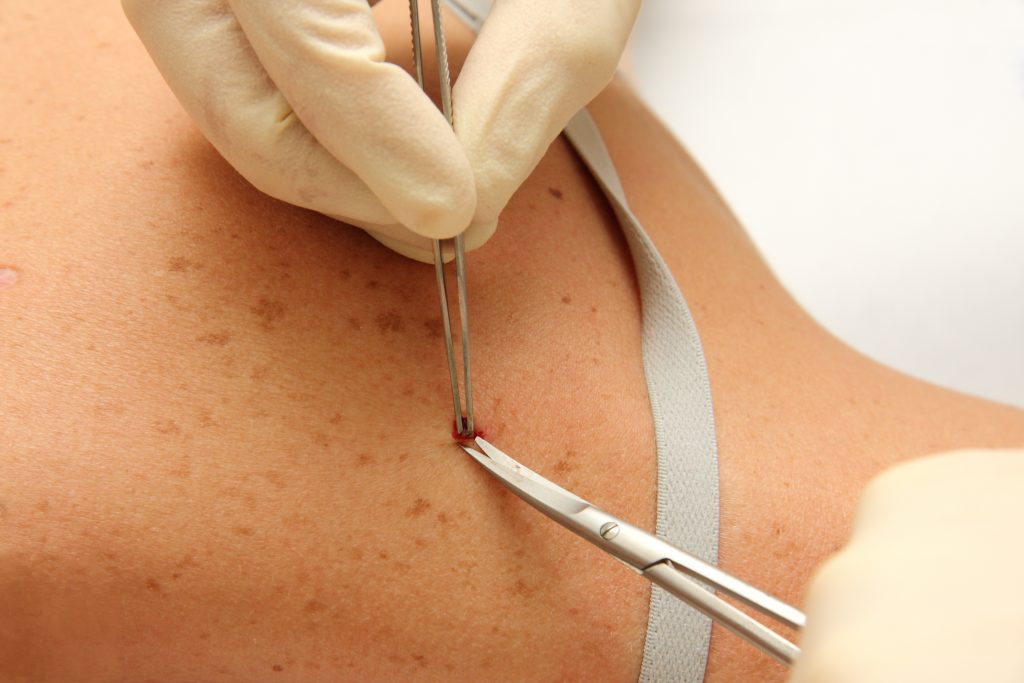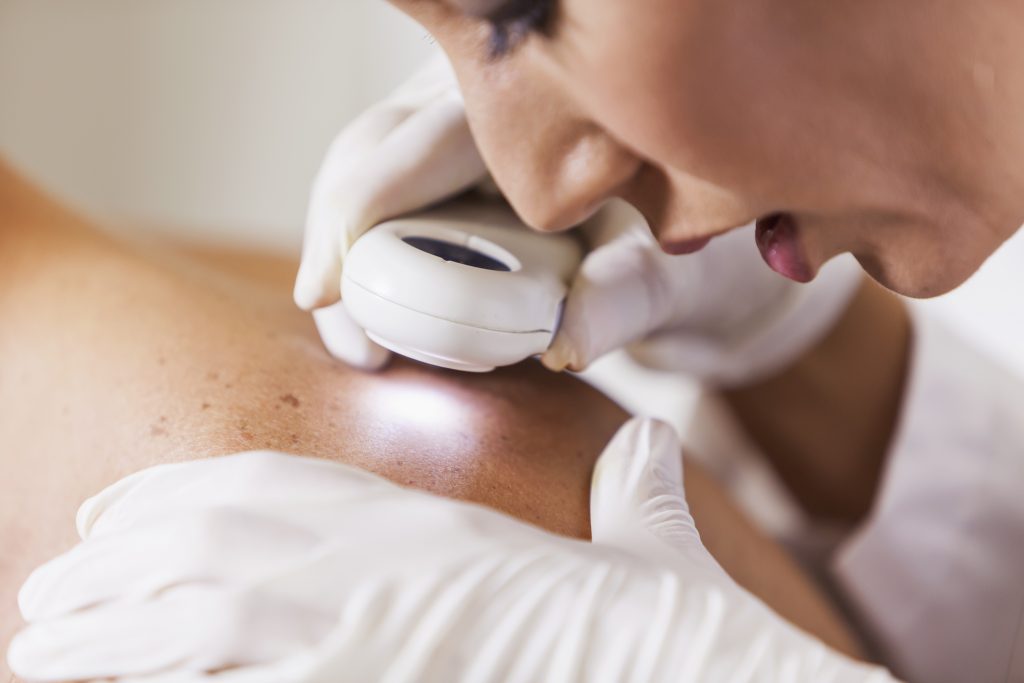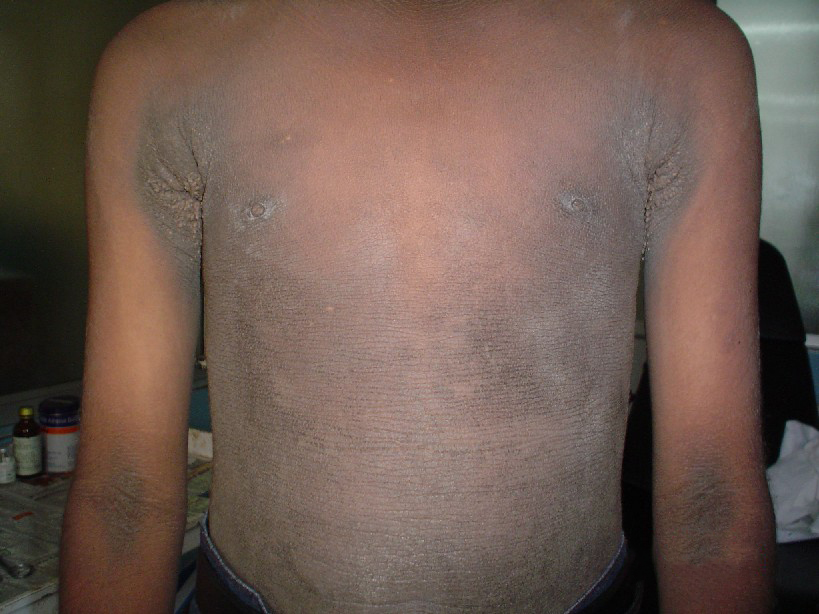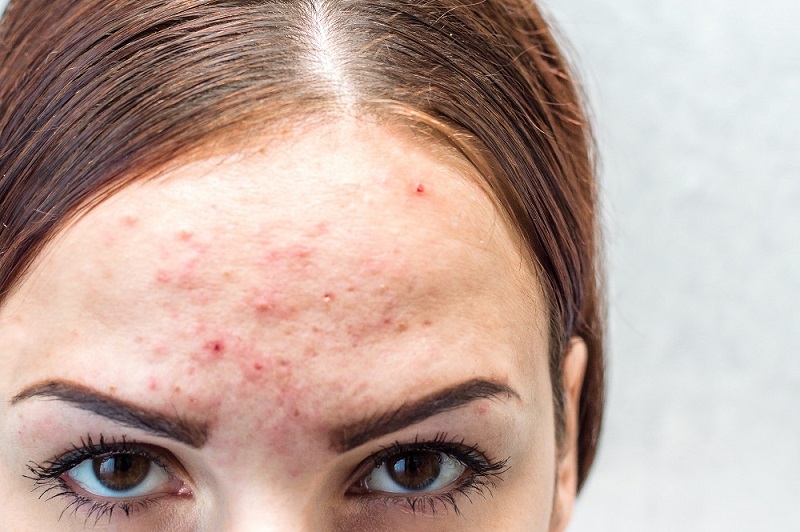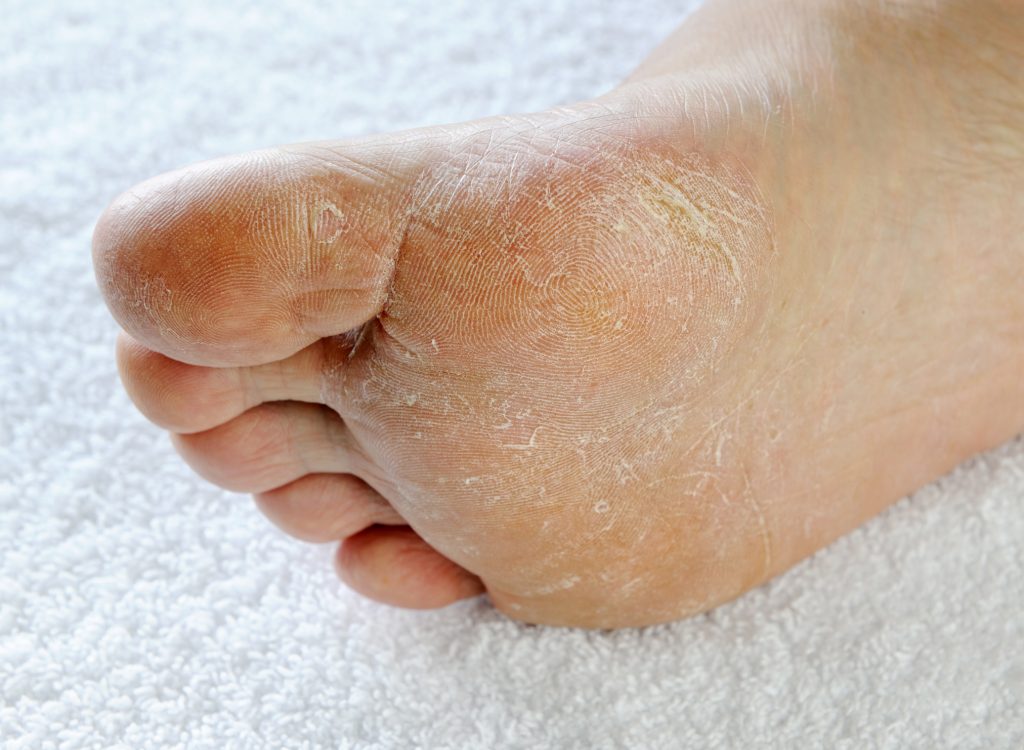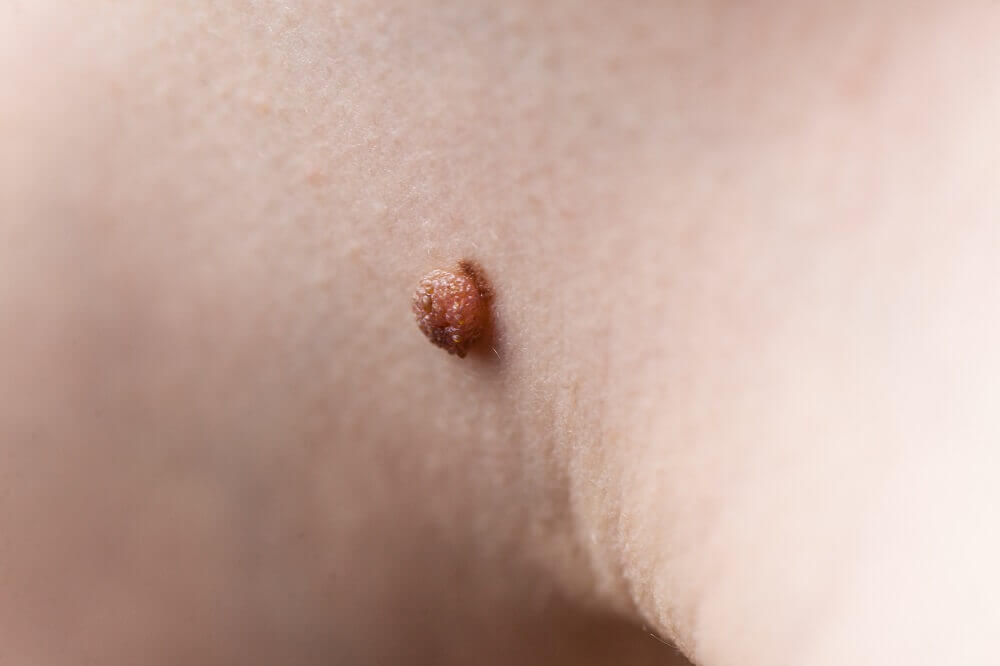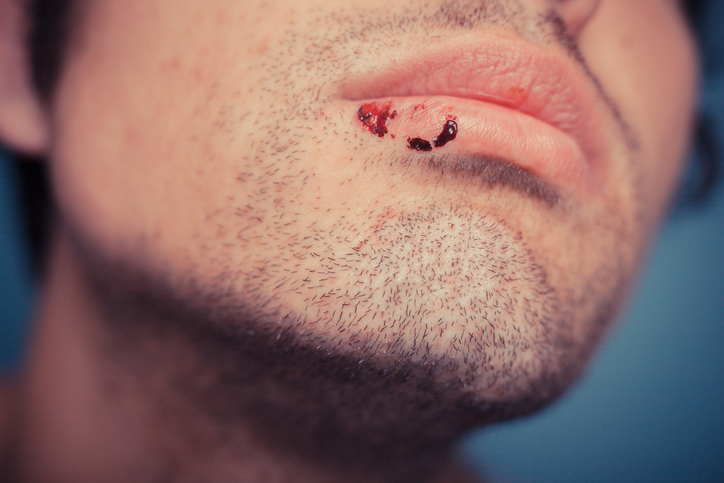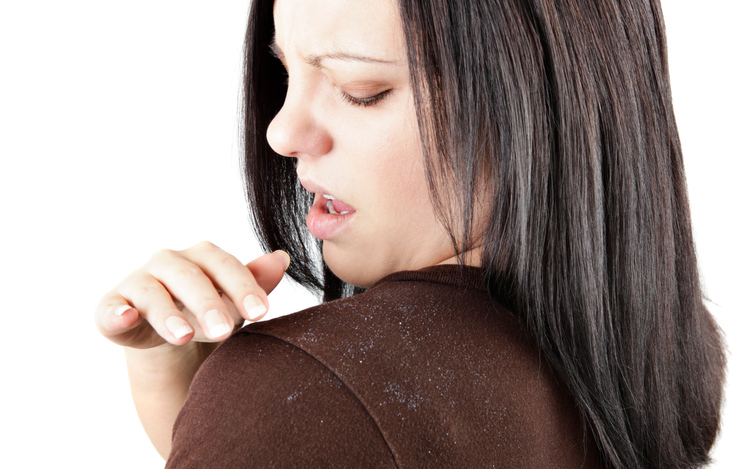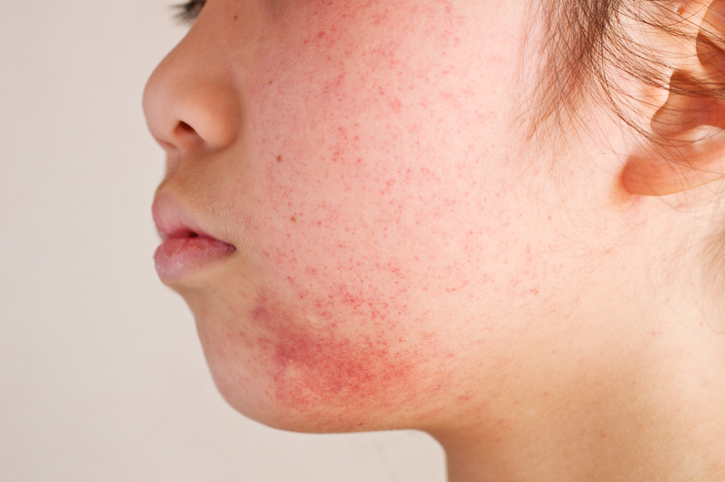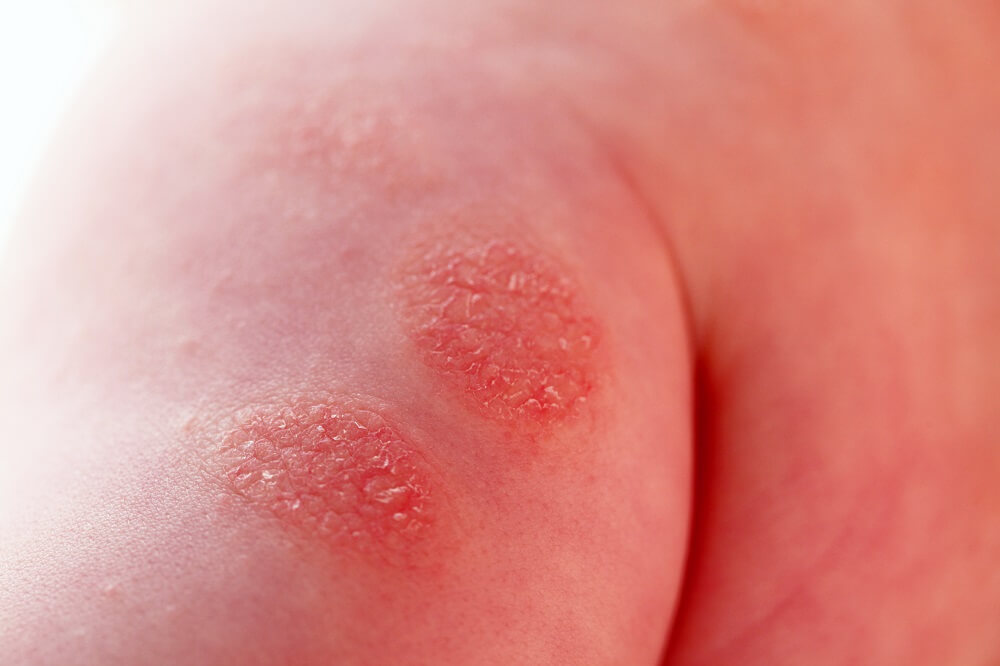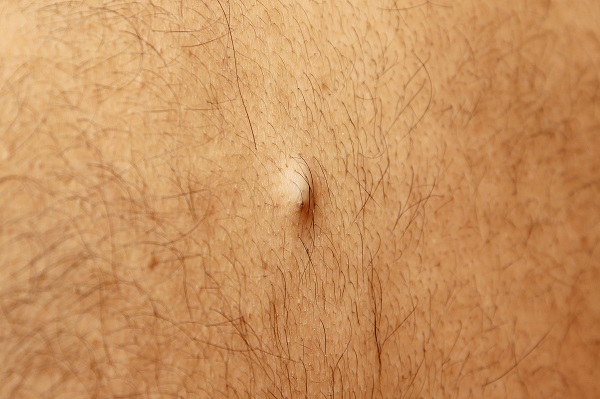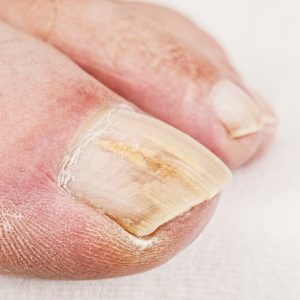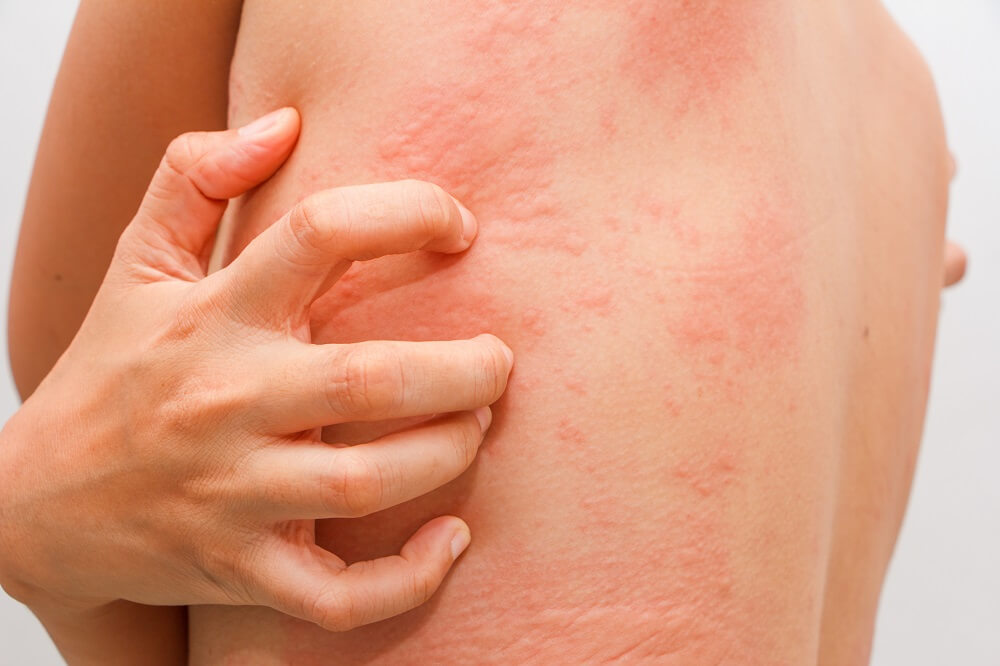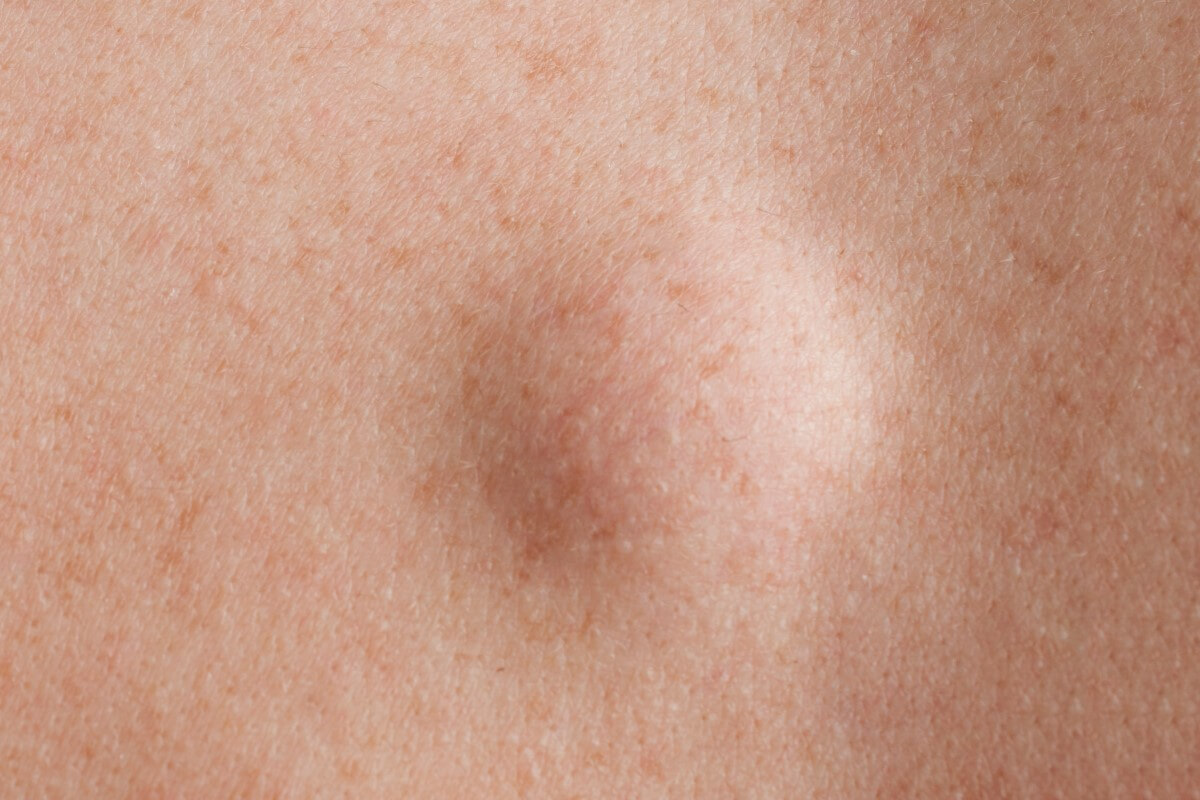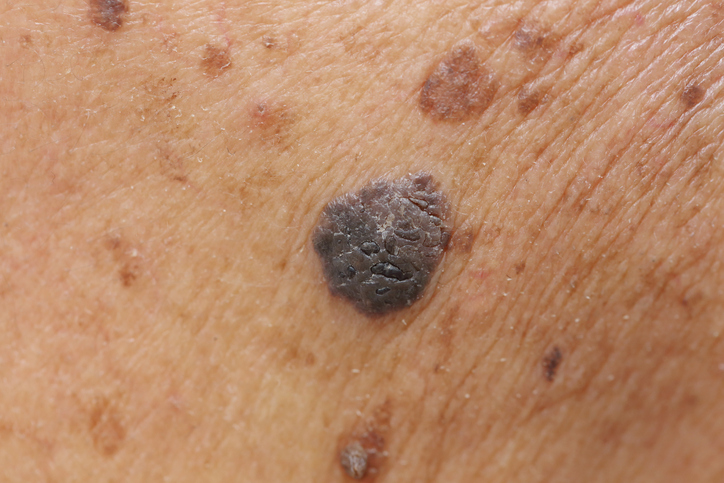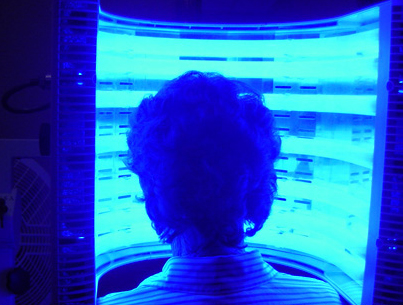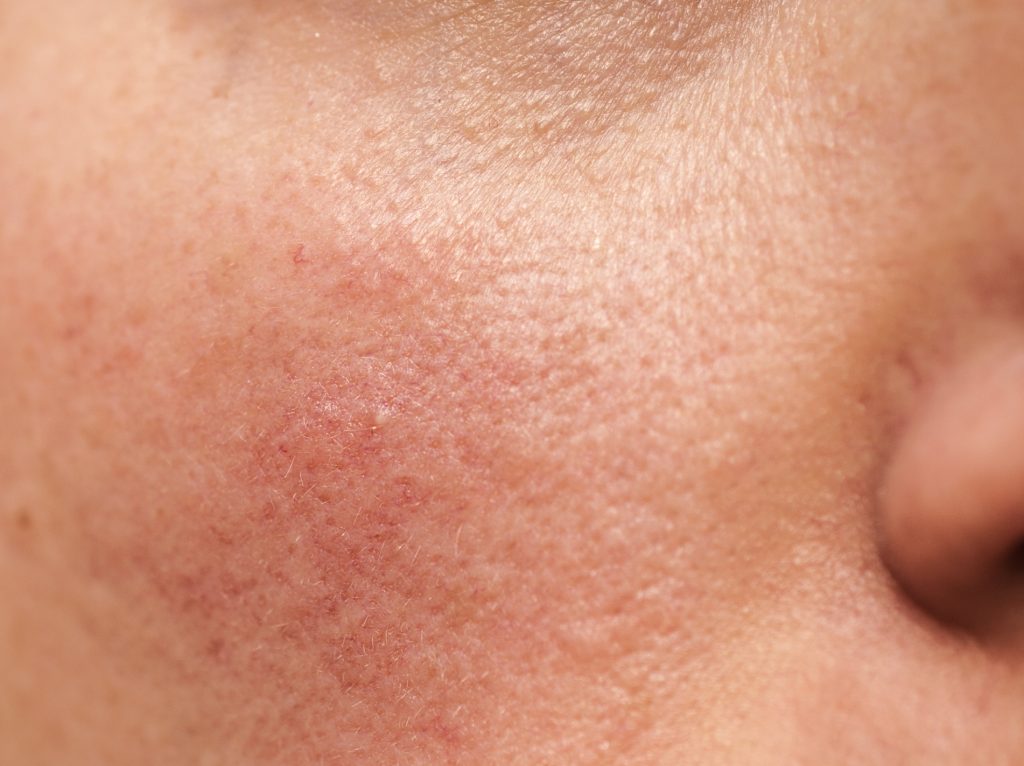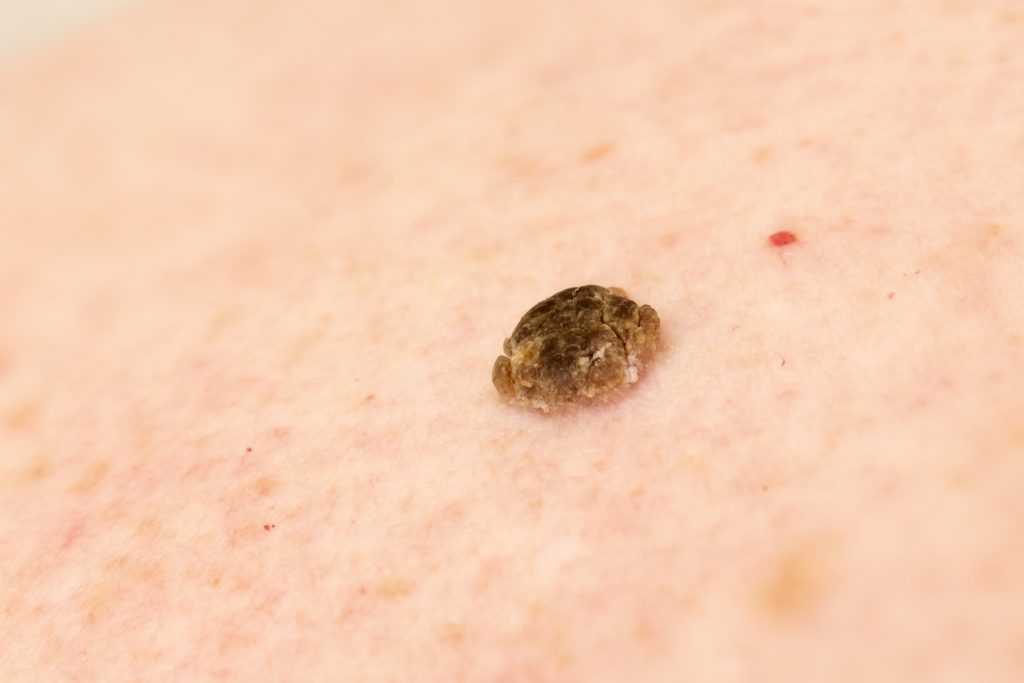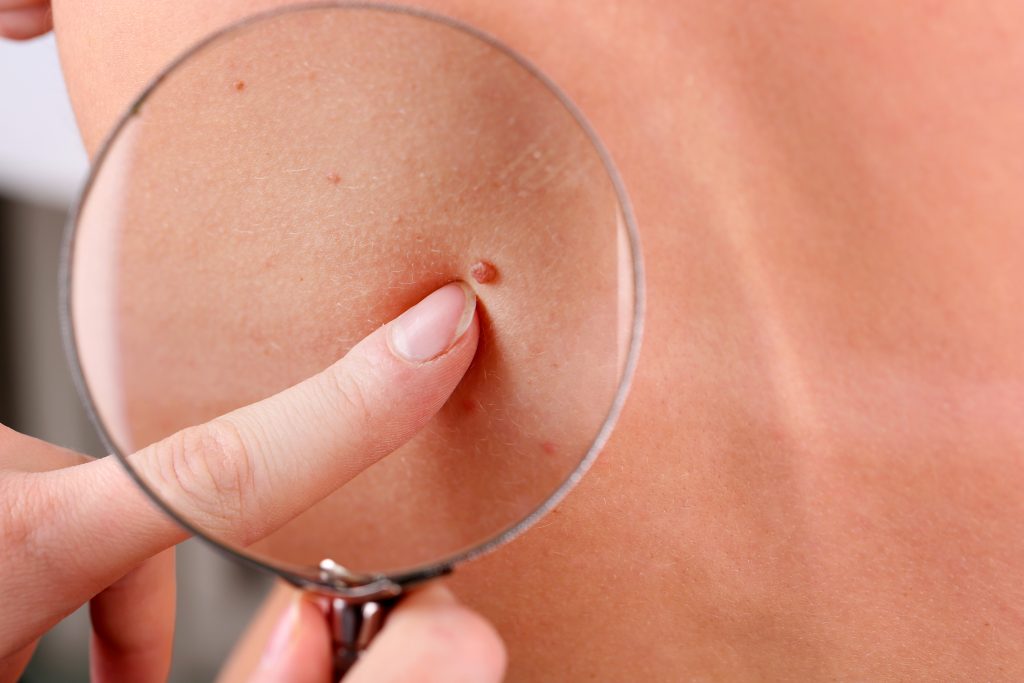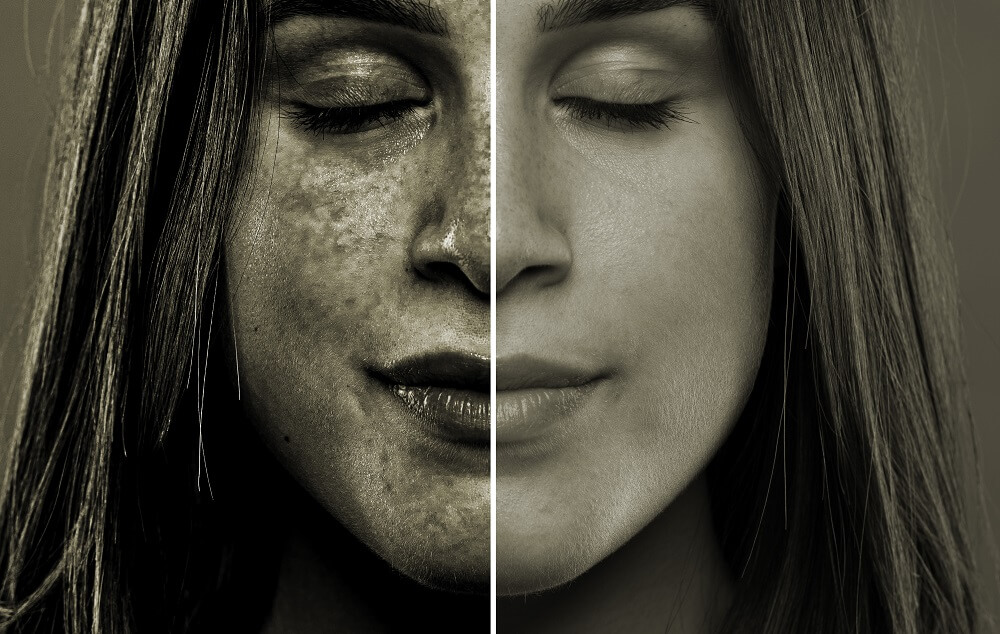Dermatologist in Warrensburg
U.S. Dermatology Partners Warrensburg
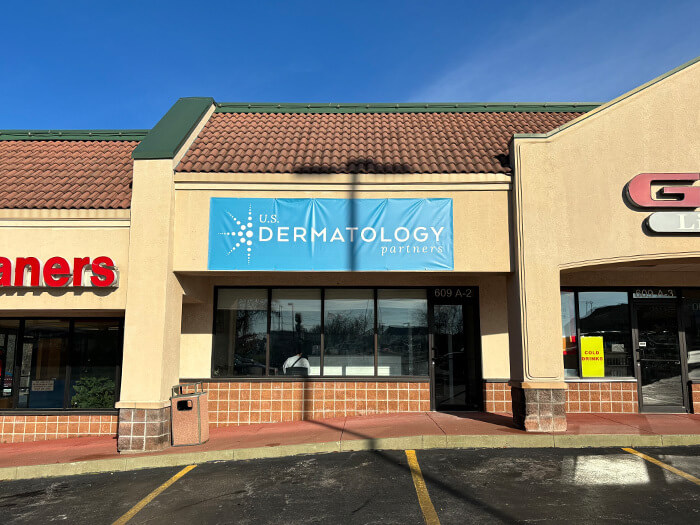
We are located in the Santa Fe Trail Shopping Center at the SW corner of Burkharth Rd. & E. Young Ave., behind Dairy Queen
Get Directions|
Monday: |
8:00AM - 4:00PM |
|
Tuesday: |
8:00AM - 4:00PM |
|
Wednesday: |
8:00AM - 4:00PM |
|
Thursday: |
8:00AM - 4:00PM |
|
Friday: |
Closed |
|
Saturday: |
Closed |
|
Sunday: |
Closed |
About Our Dermatologist Office in Warrensburg
Welcome to U.S. Dermatology Partners Warrensburg, your premier destination for exceptional dermatology services in Warrensburg, Missouri. As the leading dermatologist in Warrensburg, our dedicated team is committed to providing comprehensive care for all your skin, hair, and nail needs.
General Dermatology Services in Warrensburg, Missouri
Welcome to U.S. Dermatology Partners Warrensburg, located at 609 E Young Ave #A-2, Warrensburg, MO 64093. Conveniently situated in the heart of Warrensburg, Missouri our clinic is the premier destination for all your skincare needs. With a commitment to providing exceptional service and advanced treatments, we are proud to be the top choice for dermatology in Warrensburg.
At U.S. Dermatology Partners Warrensburg, we offer a wide range of medical dermatology services to diagnose and treat various skin conditions. Our highly skilled dermatologists in Warrensburg are experts in treating everything from acne and rosacea to more severe conditions like skin cancer and psoriasis. Utilizing state-of-the-art technology and the latest research, our team is dedicated to offering comprehensive care for your skin, hair, and nails.
When you’re looking for a dermatologist in Warrensburg who can provide specialized medical treatments, you can trust us to give you the care you deserve. Our medical dermatology services are tailored to meet the unique needs of each patient, ensuring the highest standard of care in Warrensburg dermatology.
Cosmetic Dermatology Services in Warrensburg, Missouri
For those seeking to enhance their appearance, we also offer a range of cosmetic dermatology services. Our cosmetic procedures are designed to improve the aesthetic appeal of your skin, correct signs of aging, and boost your self-confidence. We provide treatments like Botox, fillers, and microneedling to help you achieve a more youthful, radiant complexion.
As a leading provider of Warrensburg dermatology services, we understand the importance of looking and feeling your best. Our experienced team is trained in the latest cosmetic dermatology techniques to deliver safe, effective, and natural-looking results.
Whether you’re concerned about a medical skin condition or you’re interested in cosmetic enhancements, U.S. Dermatology Partners Warrensburg is here to meet all your skincare needs. Schedule an appointment today to discover why we’re the trusted choice for dermatology in Warrensburg, Missouri.
Contact Us
For general inquiries or if you would like to request a call back, please click below to fill out our contact form.
Contact UsWhat Our Patients Say
Source : Google – Jul 16, 2024
Source : Healthgrades – Jul 11, 2024
Source : Google – Jun 04, 2024
Accepted Insurance Plans
- Aetna
- Americas Choice Provider Network (ACPN)
- Anthem
- Blue Cross Blue Shield (BCBS)
- Cigna
- First Health
- Health Net Federal Services (HNFS)
- Health Smart
- HealthChoice
- Humana
- Independent Medical Systems (IMS)
- Medicare
- Multiplan
- Optum Accountable Care
- Private Healthcare Systems (PHCS)
- Railroad Medicare
- Three Rivers Provider Network (TRPN)
- TriWest Healthcare Alliance (TriWest)
- Tricare
- United Healthcare (UHC)
- WPPA ProviDRs Care



